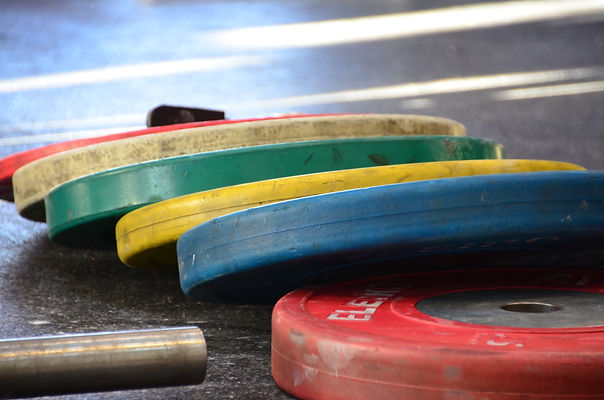Improve Tackling Ability in the Weight Room
- Dave McDowell
- Nov 22, 2016
- 2 min read
I have previously written about the benefits of in season training. In season training allows for better performance at the end of the season compared to athletes who do not train. Using resisted sprint training during the in season helps to maintain or improve speed during the season. One thing that often goes along with in season training is that we are trying to maintain our strength and power during the season. While this is true I believe in many cases we are actually able to improve our strength during the season as long as smart training techniques are utilised.
Strength is perhaps the most important quality that athletes need in order to improve sporting performance. Very strong relationships have been shown with strength and sprinting, rapidly changing direction, and jumping. All of these are important physical abilities that successful athletes need to have. Failing to train for strength during the season can see a drop off in some of these traits and thus decrements in on-field performance.

Strength is also paramount in the reduction of injury. When change of direction mechanics break down because of fatigue or insufficient strength levels, non-contact injuries increase substantially. This can also apply to contact sports such as rugby. Rugby requires athletes to tackle opponents, which in itself is a maneuver that can result in injury if not performed correctly. Currently the relationship between strength and tackling ability is unknown.
Recently a study has been published in the Journal of Strength and Conditioning Research that aimed to evaluate the relationship between lower body strength and tackling ability in semi-professional rugby athletes. The study evaluated how changes in strength and power from pre-season to mid-season effected tackling ability. For this study 12 semi-professional male rugby players completed a 1RM back squat and bench press test, as well as a vertical jump, and explosive jumping push up on a force plate. This testing took place before their first game of the season, and again at week 15 of 25 during the competitive season. In addition to this strength and power testing, athletes also completed tests for tackling ability. This test was completed with a series of 3 tackles on both the left and right sides against an opponent of similar size. Athletes were evaluated based on predefined objective criteria, and given a point score based on their ability to meet the criteria.
Strength and Tackling Ability?
1RM strength in the squat both relatively and absolutely was significantly related to the athletes tackling ability. Athletes who improved their tackling scores were able to maintain, or improve their 1RM squatting strength over the course of the season. Those athletes who saw decrements in their tackling ability also saw decrements in their squatting strength.
The results of this study seem to suggest that in order to improve tackling ability athletes should work on also improving their lower body strength and power. Coupled with what we know about strength and injury reduction athletes should aim to continually improve their lower body strength scores year round in order to improve their overall performance.
References
Speranza, M., Gabbett, T. J., Greene, D. A., Johnston, R. D., & Sheppard, J. M. (2016). Changes in rugby league tackling ability during a competitive season: the relationship with strength and power qualities.








Comments